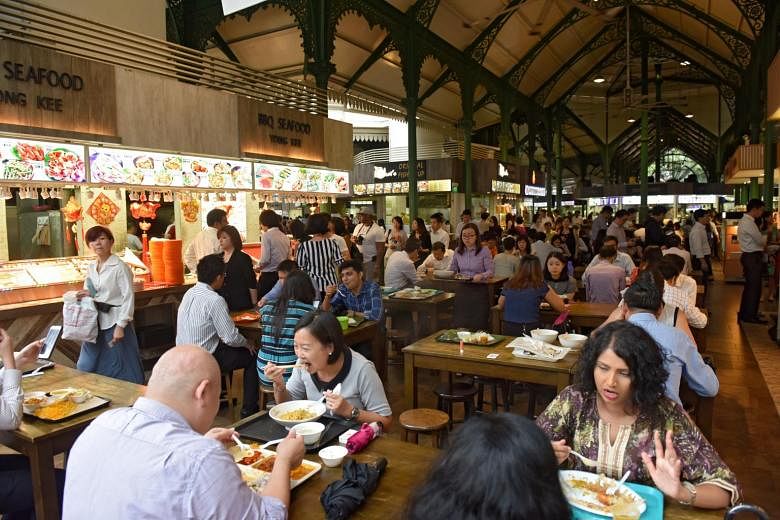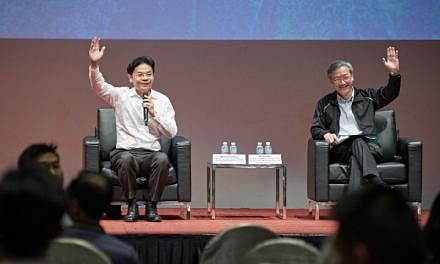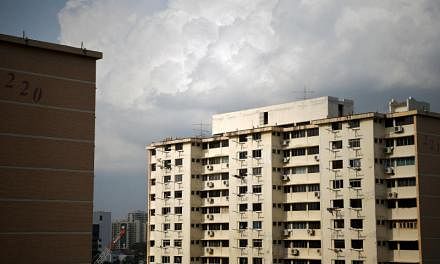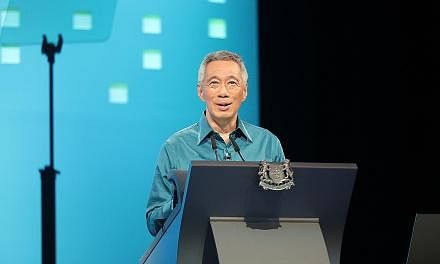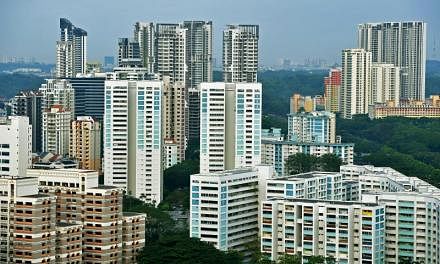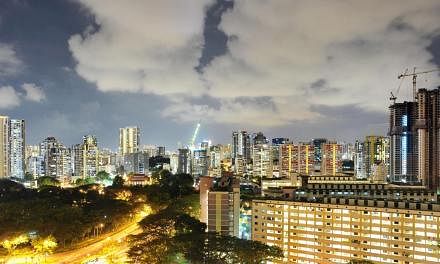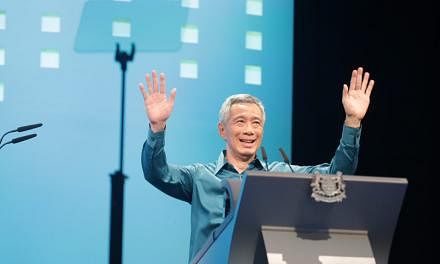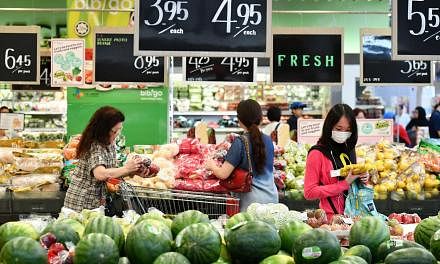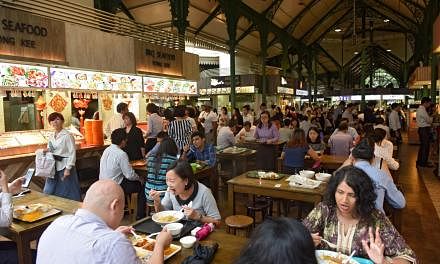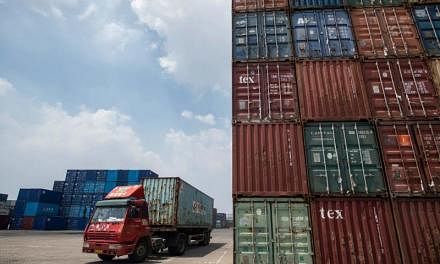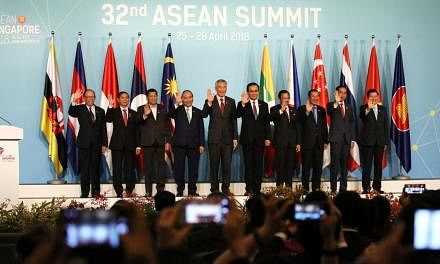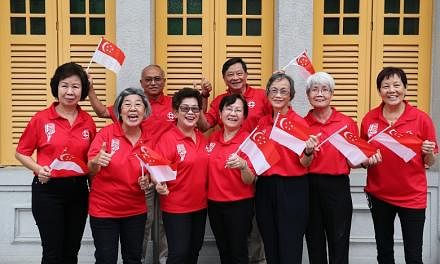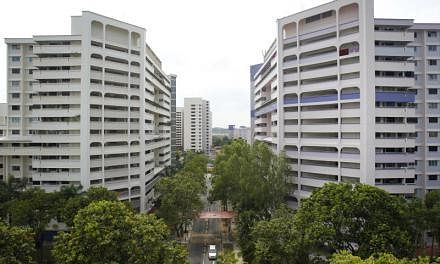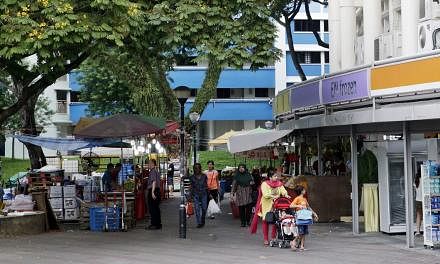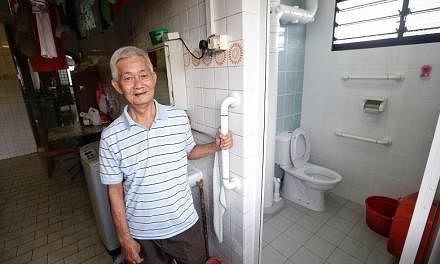SINGAPORE - Every day, more than 6,000 cooked food hawkers produce an assortment of mouth-watering dishes at about 110 hawker centres in Singapore.
Now, the island's rich hawker culture will be nominated by the Republic for inscription into Unesco's Representative List of the Intangible Cultural Heritage of Humanity, said Prime Minister Lee Hsien Loong at the National Day Rally on Sunday (Aug 19).
If the bid is successful, Singapore's hawker culture will join the likes of Malaysia's Mak Yong theatre from Kelantan, Indonesia's batik and India's yoga on the world stage. Started in 2008, the list, which has about 400 elements to date, sets out to demonstrate the diversity of world heritage and ensure their protection.
In his Mandarin speech, PM Lee called hawker centres Singapore's "community dining rooms" that are a unique part of the country's heritage and identity.
He described the Singapore Botanic Gardens' inscription as a Unesco World Heritage site in 2015 as a proud moment for the country. Putting Singapore's hawker culture on the list of intangible cultural heritage will "help to safeguard and promote this unique culture for future generations". He added: "It will also let the rest of the world know about our local food and multicultural heritage."
The organisations fronting the bid - National Heritage Board (NHB), the National Environment Agency and the Federation of Merchants' Associations Singapore - said hawker culture was selected because it has shaped the Singaporean identity in many ways.
For instance, hawker centres function as accessible multi-ethnic spaces where people can feast on a wide variety of multi-generational and multicultural food offerings that have evolved with the times.
The culture is built on the hard work, knowledge and culinary techniques and traditions of dedicated hawkers past and present.
Singapore's hawkers started out as migrants who peddled their food on streets and sidewalks. They were moved into more sanitary purpose-built facilities by the Government from the 1970s. Hawker centres are still being built today and by 2027, a total of 127 hawker centres will dot the landscape.
The cherishing of hawker culture also shows up in a series of engagements conducted with Singaporeans to discover what aspects of the country's intangible cultural heritage resonated with them. In an NHB poll earlier this year, 27 per cent of 3,000 respondents said food was more important to them than social practices and festivals, and traditional performing arts, which each got 18 per cent.
Countries must demonstrate public support for the bid and a website (www.oursgheritage.sg) has been launched for Singaporeans to pledge their support.
In February, Singapore ratified the Unesco Convention for the safeguarding of intangible cultural heritage as a signatory. This allows the Republic to submit nominations to Unesco for listing. In April, the NHB launched an inventory featuring 50 intangible cultural heritage elements practised here, which is a criteria for the nomination.
By next month, a committee featuring members from the public and private sectors will be formed. It will submit the hawker culture nomination dossier to Unesco by March 2019. The dossier will include a 10-minute video documentary, evidence of community support as well as details on safeguarding measures to ensure the promotion and transmission of the practice.
A panel of experts appointed by Unesco will review the dossier. It will later be assessed by the Unesco Intergovernmental Committee which comprises representatives from different countries. The result of the bid will be announced by the end of 2020.
An item's listing does not imply it belongs, originates from or exists only in the submitting country.
Hawkers The Straits Times spoke to said they are excited about the nomination, which can help change perceptions that hawker work is a job for the less educated, and give due recognition to the labour-intensive trade.
Second-generation hawker Loh Teck Seng, 62, took over his father's itinerant business selling soya bean milk in Tiong Bahru, a business that dates back to the 1950s. He runs a stall at Tiong Bahru Market. He said: "I feel appreciated and a sense of pride. It can help elevate our standing and attract tourists to our stalls. Perhaps new generations of Singaporeans will also desire to pick up the trade."
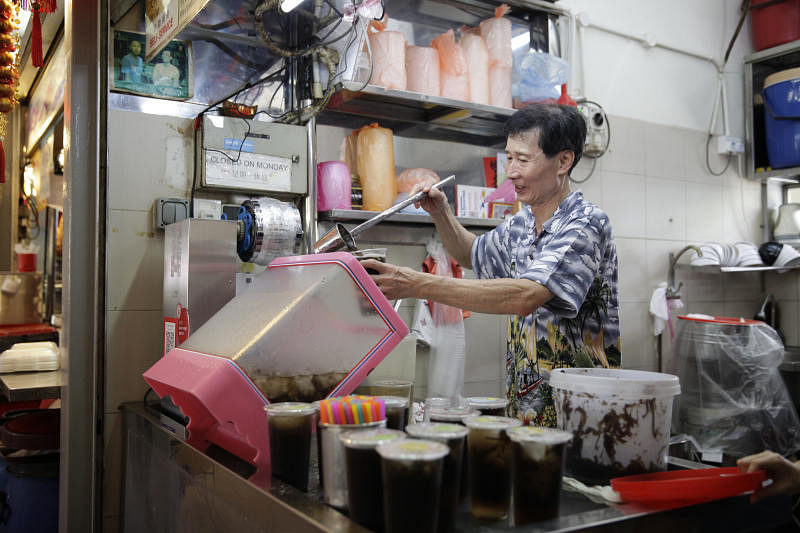
Cultural geographer Lily Kong, Singapore Management University's provost, believes a successful listing "enhances our sense of pride and ownership of our cultural heritage".
She said: "The process is also important, in bringing Singaporeans together to articulate what it is that matters to us as a people, and what our shared heritage is."
